A Framework for Conflict at the End of the World
In early 2022, Sara and I got a call from Rebel Wisdom. They had a problem: their community, despite being unusually bright, dangerously curious, and predisposed to that greatest of libertarian vices: solipsism, didn’t really know how to talk to each other. Their community was founded on and grew up around this concept of modern sense-making, because in a world rife with disinformation and self-professed experts, a level of intellectual rigor is required to discern what is real, both subjectively and objectively.
So, examining the narratives behind culture, meaning, and politics was their north star, but it turned out that capacity for meta-awareness does not always (or even often) translate into conversational capacity that can survive stalwart disagreement.
They were watching the same thing many of us were seeing: friend groups breaking apart over COVID policies, families fracturing over elections, work teams stuck in cycles of unspoken resentment. These people were smart. They had read the right books. They had achieved great things, built great things. They were among the brightest collection of self-aware ego-centrists I have ever had the pleasure of arguing with, and, yet, nobody knew how to speak honestly when the stakes felt personal.
They asked Sara and me if we could help, if we could build something that turned all this self-awareness into actual skill. Not abstract frameworks, not another conceptual model, but a training ground for holding tension and staying connected when it would be easier to leave the room.
We said yes. And not because we had all the answers. But because we had been circling this question for years. Because we simply couldn’t say no.
The Road to Nowhere in Particular
At that point, Sara and I had already individually spent close to a decade working with people around communication: teaching, facilitating, training, and deconstructing everything from leadership to relationship repair to group dynamics. But conflict was always at the center, whether we named it or not.
This invitation forced us to face it directly. And, so, we did what we do best: we suited up and went spelunking into the disorienting archived caves of academia. We started researching.
We went deep… into the literature. Mediation manuals. Negotiation training. Relationship therapy. Nonviolent Communication. Leadership theory. Improvisation class. We went through hundreds of models, frameworks, and tools, and, surprise, surprise, a shocking amount of it was either regurgitated or irrelevant.
If you’ve never tried to use a facilitation model while someone is yelling at you, you may not know how quickly the lauded phrase “reflective listening” can fall apartn under scrutiny.
And yet, buried beneath and sometimes between the jargon, the branding, and the spiritualized marketing fluff, we kept running into something surprising, which perhaps shouldn’t have been: the fundamentals were all the same.
While every one in every profession called them something oh-so-unique, the same basic practices that helped prevent divorce in long-term marriages were being used by FBI negotiators to defuse hostage crises.
The tools that worked in high-stakes business mediation were often identical to the ones being taught by the most effective conflict facilitators in activist communities.
Mirroring. Emotional regulation. Tactical empathy. Slowing down. Reframing demands into interests. Managing the body before managing the message.
Different contexts. Same mechanics.
This wasn’t a pattern, it was a principle. And once we saw it, we couldn’t unsee it.
The Landscape of Bullshit
Let me be clear: there is a lot of bullshit in the communication space.
Like, a lot a lot.
The kind that sounds epiphanic and unapologetically collapses under pressure with the caress of a whisper “they’re just on the wrong frequency for you.” The Candor Engine™ that promises transformation but never asks you to practice. The Good Times Guru that gestures lovingly in the general direction of vulnerability but has never had to sit in a room with a client who says, “I don’t trust you anymore.”
Some of it is well-meaning. Some of it is snake oil. Either way, most of it fails where it matters most: in live fire. In real time. Under emotional duress.
We wanted something different. We were determined to deliver it.
What we were after was simple: a set of tools you could use in the middle of a hard conversation, not before, not after, but right then. Right there. Not a script. Not a philosophy. Something you could rely on when your nervous system was hijacked and your mouth was actively preparing to make it worse.
To do that, we had to build something from the ground up. Pulling from research was part of it, but the other part, the part that mattered most, was practice. We had to design for practice.
You Don’t Need a New Personality
One of the hardest truths to accept, for our students, and for ourselves, is that difficult conversations aren’t made easier by better ideas. They’re made easier by expanded capacity. And capacity isn’t just mental. It’s physical. It lives in the gestalt body. That ever elusive whole
The reason most people struggle with conflict isn’t that they don’t know what to say. (I mean, that’s true too). But, mainly, it’s that they can’t stay present when it’s time to say it.
They can’t stay calm when someone raises their voice.
They can’t keep listening when they feel misunderstood.
They can’t track their own story and someone else’s experience at the same time.
They can’t retain their dignity when their integrity is being challenged.
And so, they either retreat into silence or rush in with sharpened (s)words.
Either way, they miss an oft overlooked and rather important point: most difficult conversations are not contests of logic. They’re collisions of perspective and identity. Winning is commonly far less to do with behind right and far more to do with staying present.
Shared Language, Different Stakes
We often talk about the “stakes” of a conflict like it’s the defining variable. And yes, there’s a difference between arguing over dinner plans and negotiating with someone holding a weapon.
But the surprising thing is how little the core structure of those conversations actually changes.
The emotional stakes feel different. The consequences are not equal. But the communication structure, the choreography of attention, the pacing of language, the layering of context and content and concern, is strikingly stable.
Honestly, once we perceived, challenged, and ultimately accepted that, everything changed.
We stopped trying to segment our approach by domain. We stopped pretending that political dialogue needed one set of tools, and relationship repair needed another, and organizational communication needed another still.
Instead, we focused on the fundamentals: presence, regulation, attention, framing, feedback.
We started teaching those as if they were martial arts. Because in many ways, they are.
Why Now?
Over the last three years, I’ve personally trained hundreds of people in this work. And I’ve learned a lot, about what lands, what sticks, and what falls apart under pressure. We’ve worked with teams, couples, organizations, and communities trying to repair years of tension and distrust.
But we also know that not everyone can show up live. Not everyone has access to in-person labs or trusted facilitators. So, now, we’ve built something I am very proud of: the full on-demand version of The Art of Difficult Conversations.
This isn’t a course about being nice, avoiding conflict, or spiritually bypassing your way out of a bad-vibes conversation. This is learning to work with tension as a creative force. Recognizing the moments that matter most, and knowing what to do when they arrive.
It’s not the easiest work. But it’s the most human work I have ever taught.
And in a time where the world is fracturing along lines of belief, identity, and experience, it might also be the most important I ever will.

Coming Up: Sifting the Sands
In the next piece, I’ll take you inside the process of separating useful research from untested pop-mythos, and what it took to translate scattered fields, like crisis negotiation, group therapy, and communication theory, into something teachable, practical, and real.


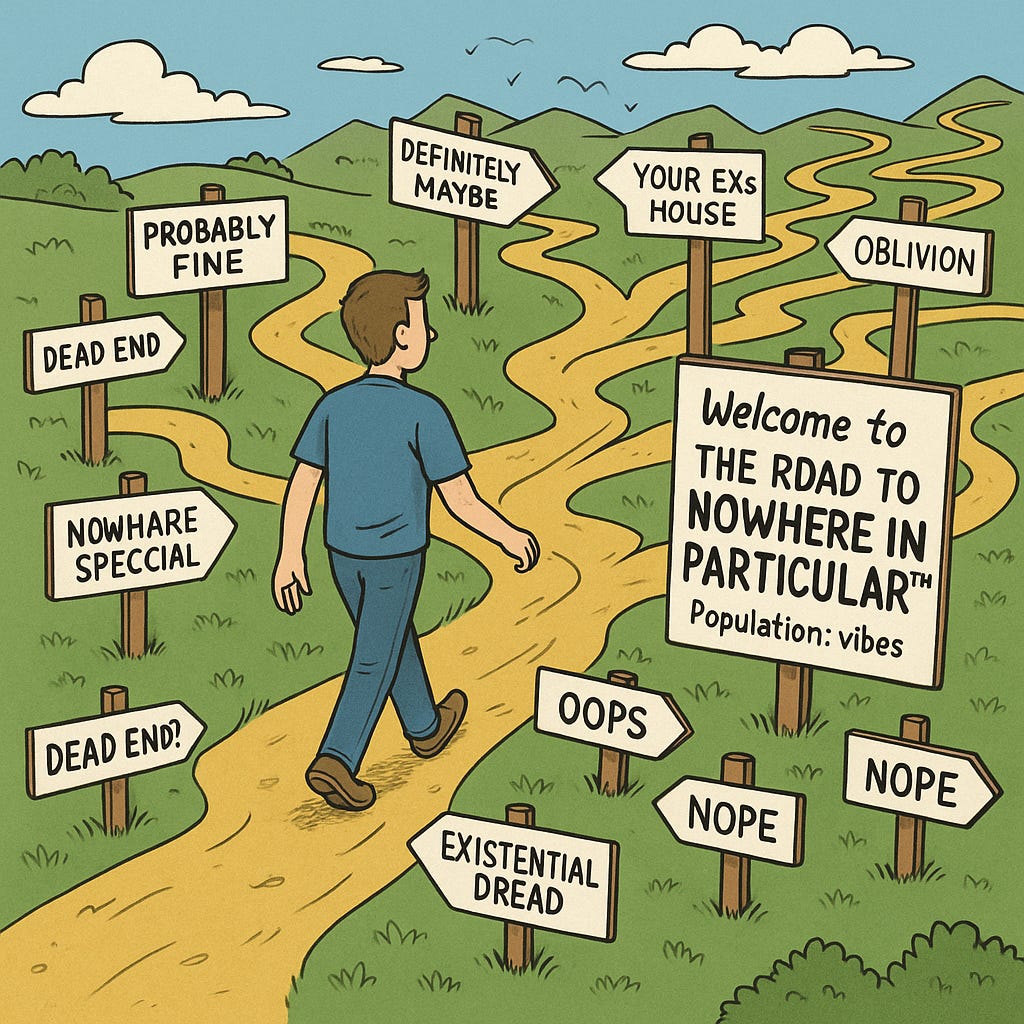
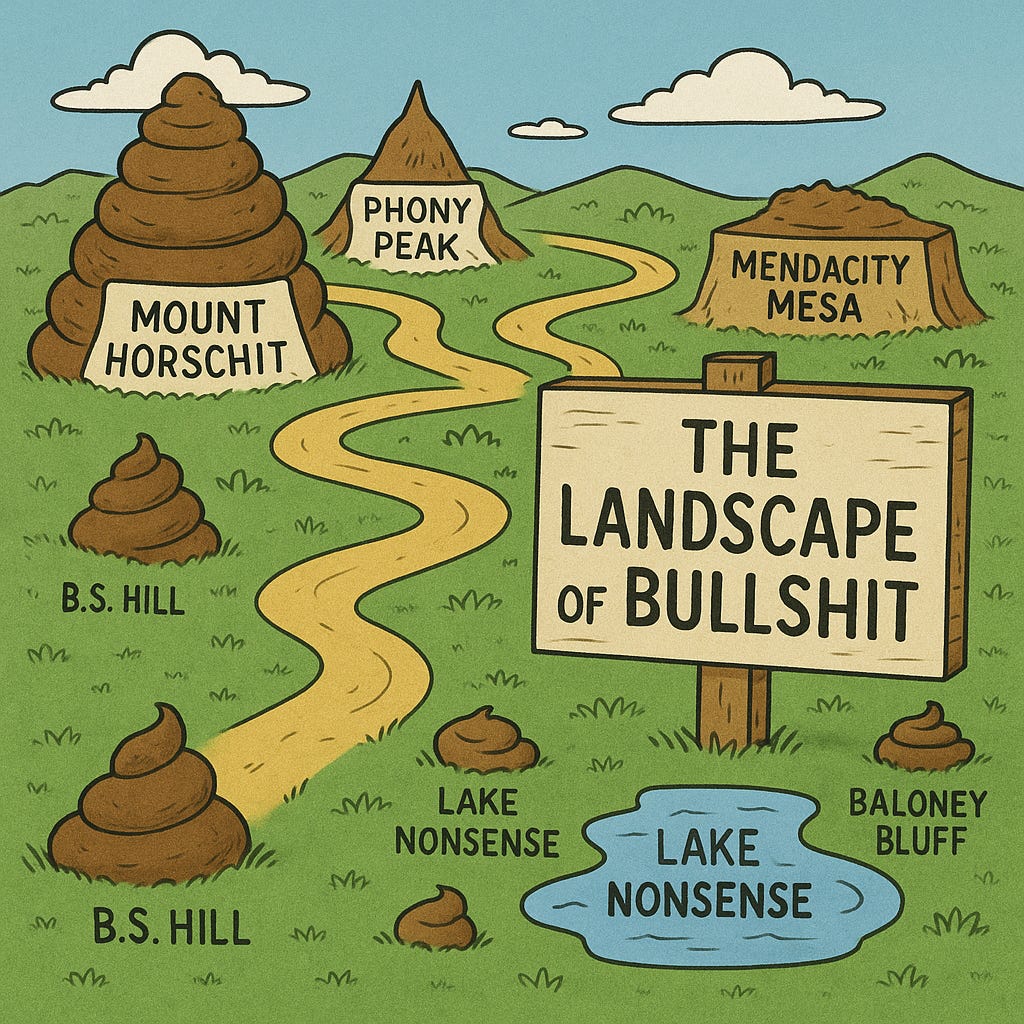
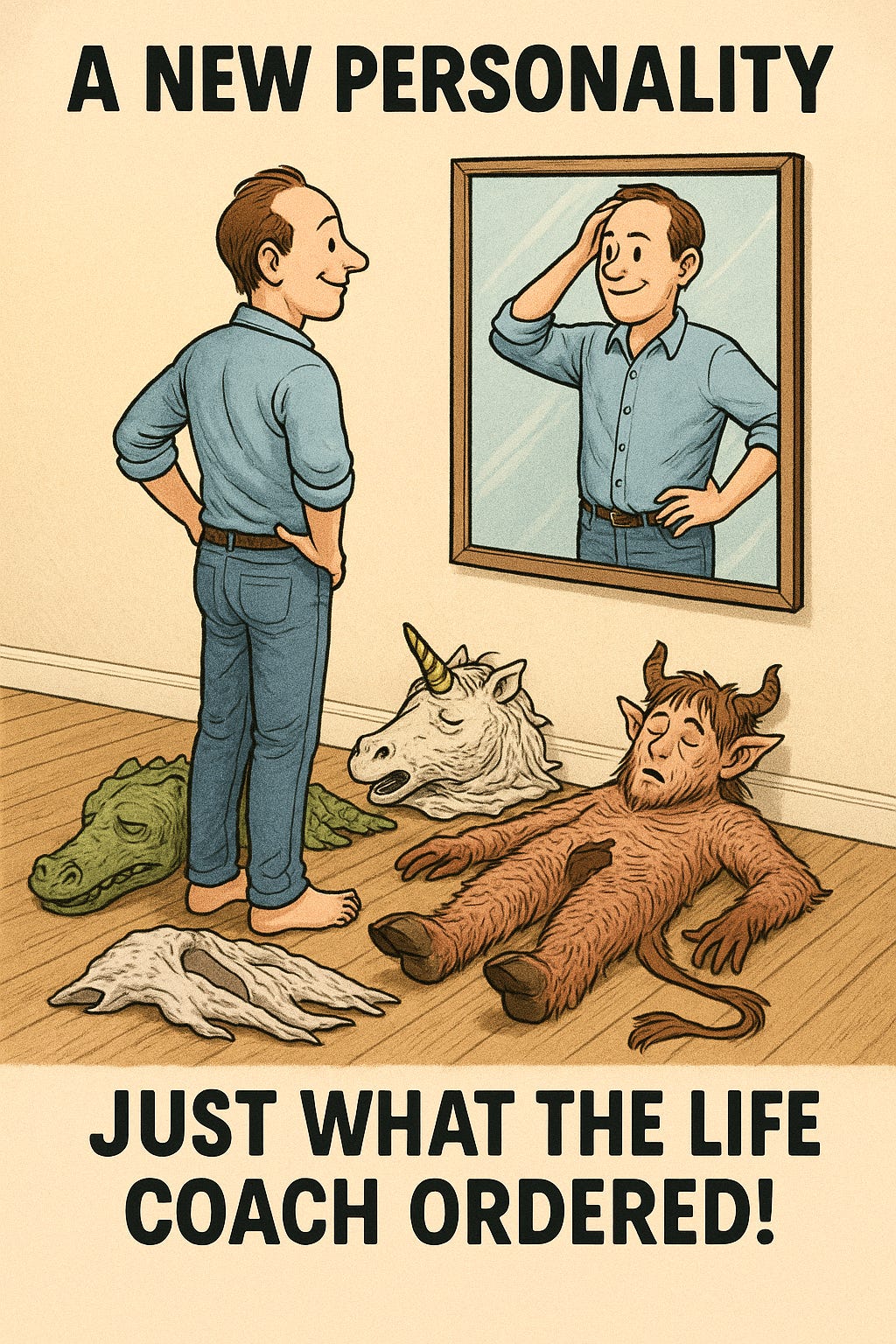
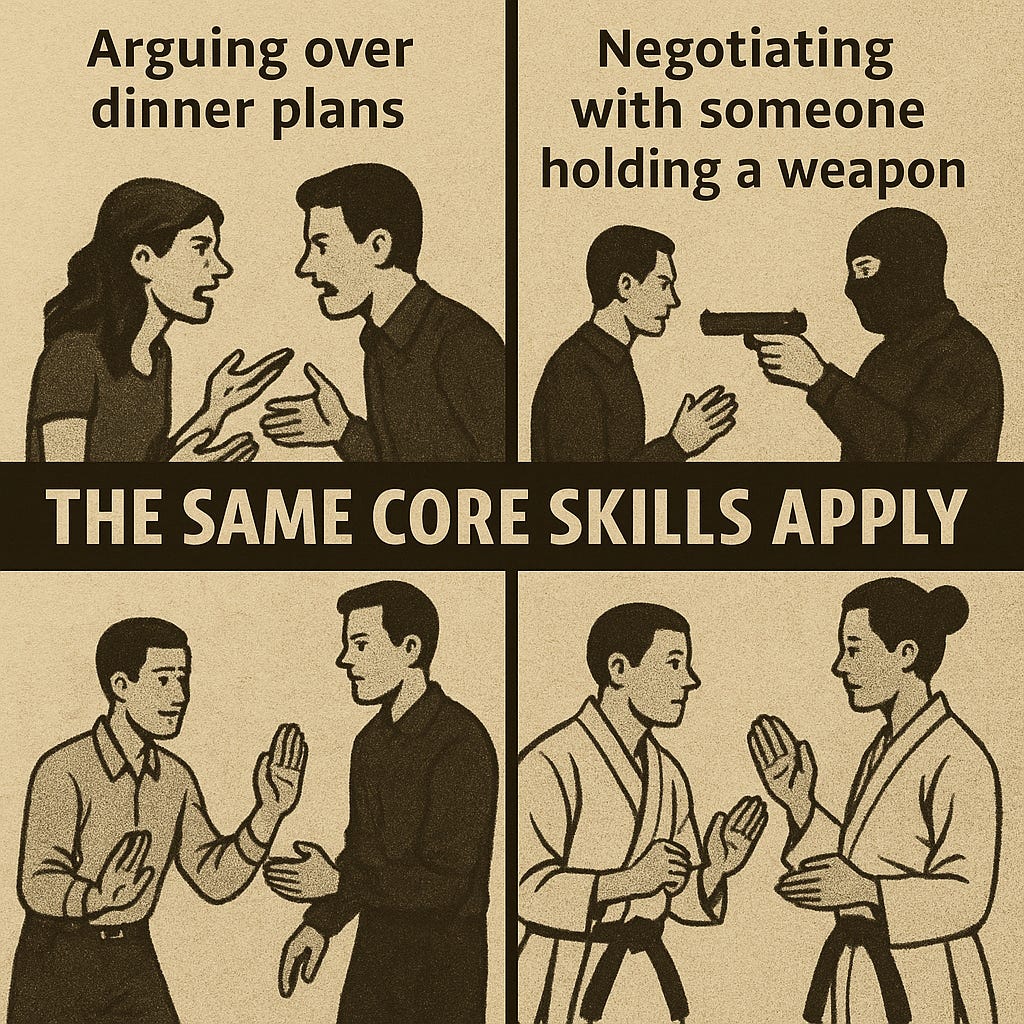
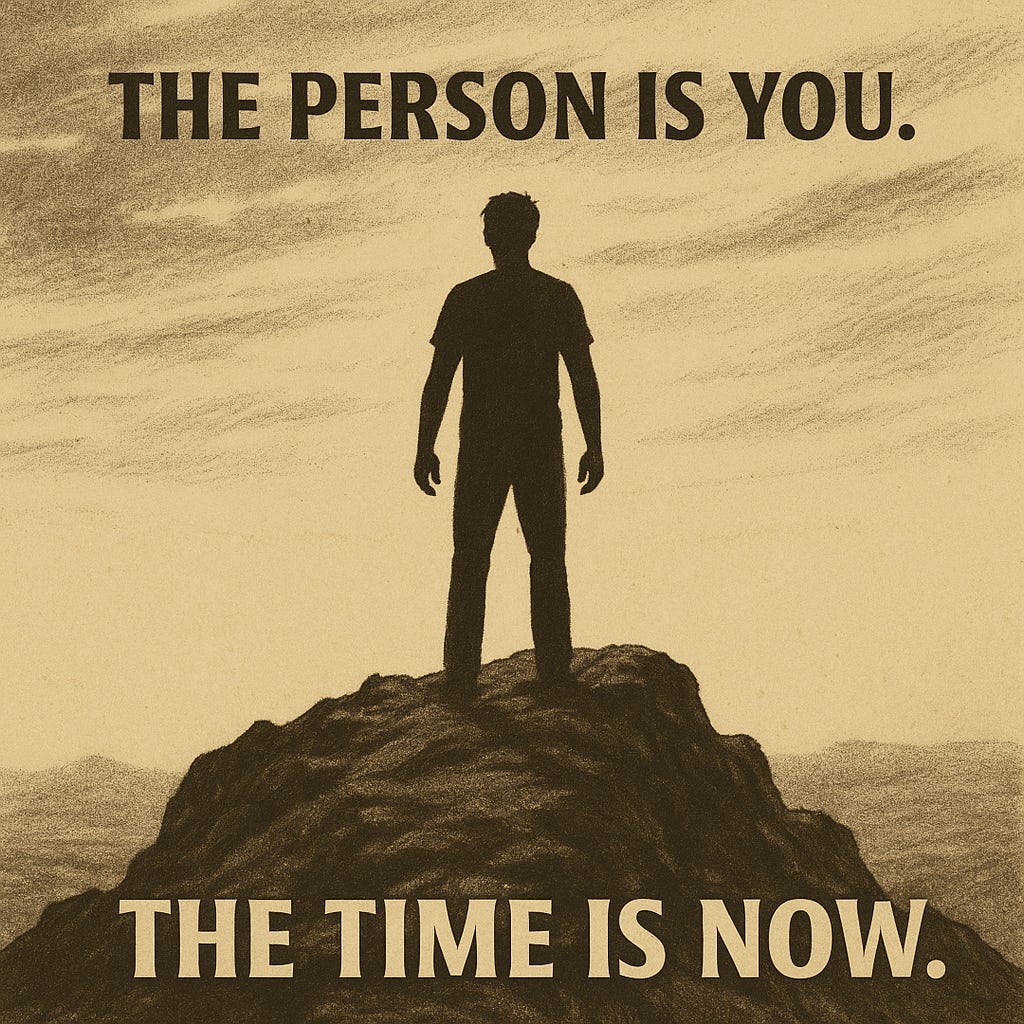
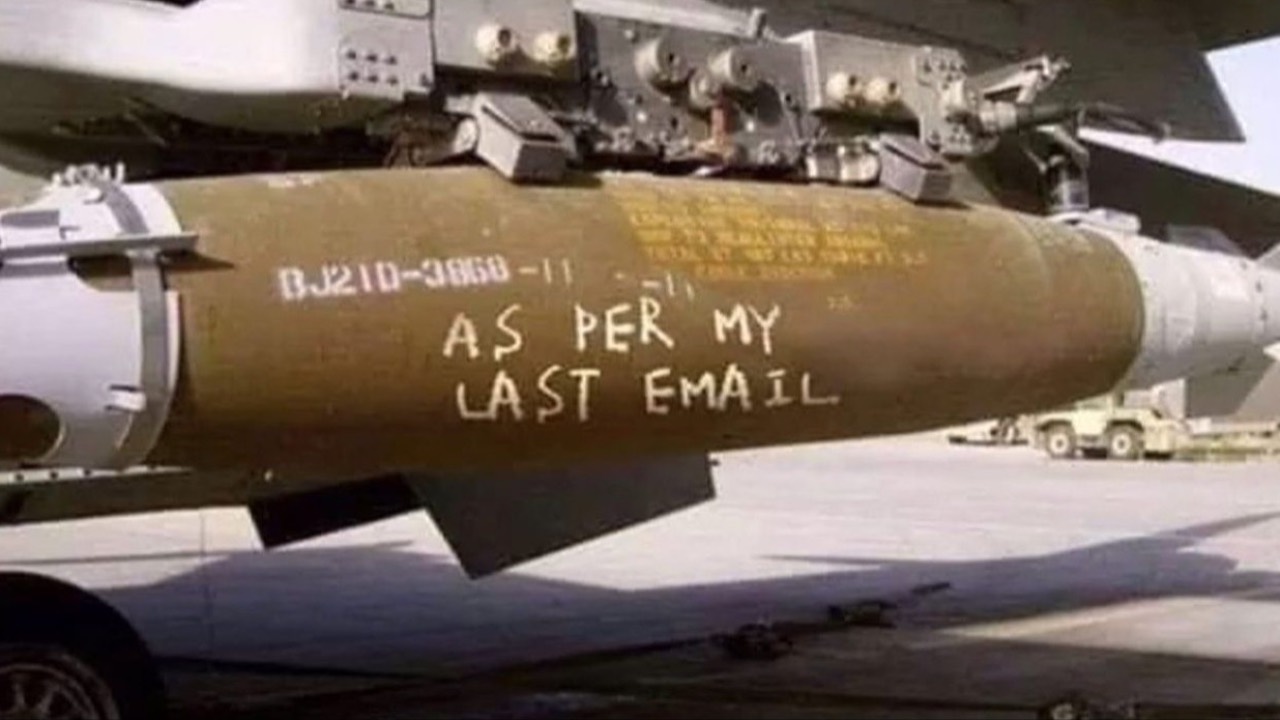
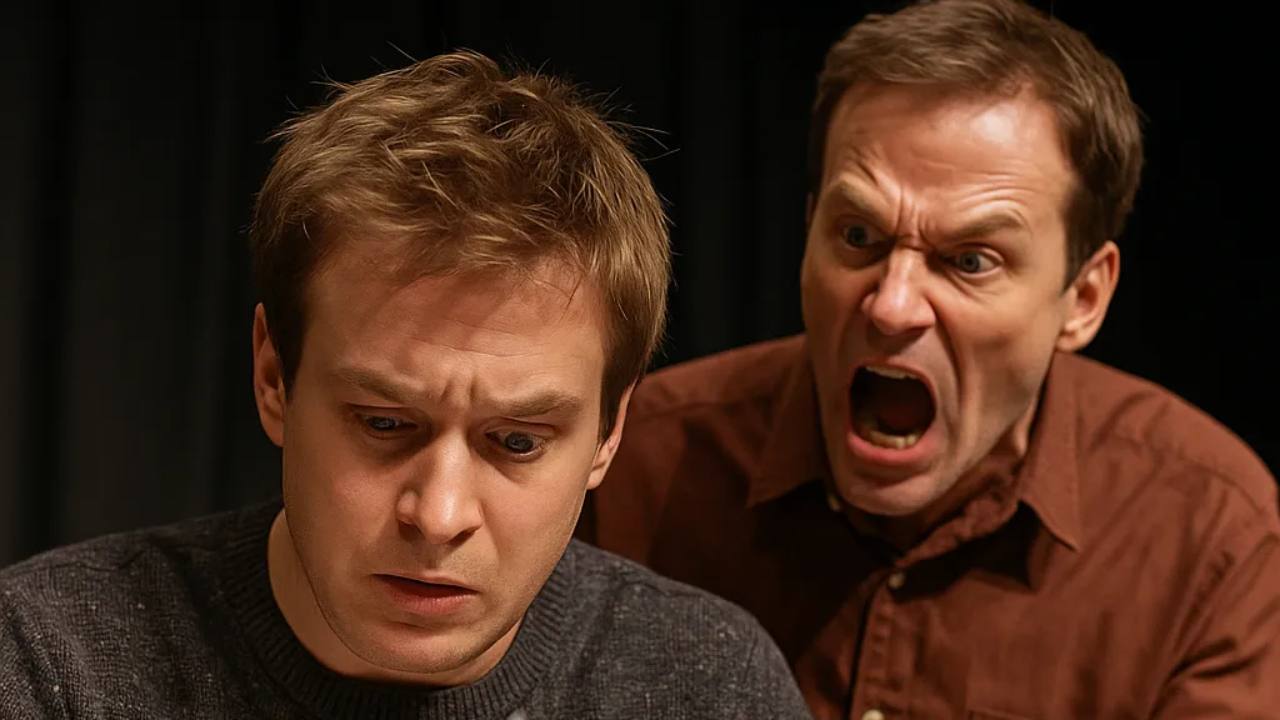



Responses